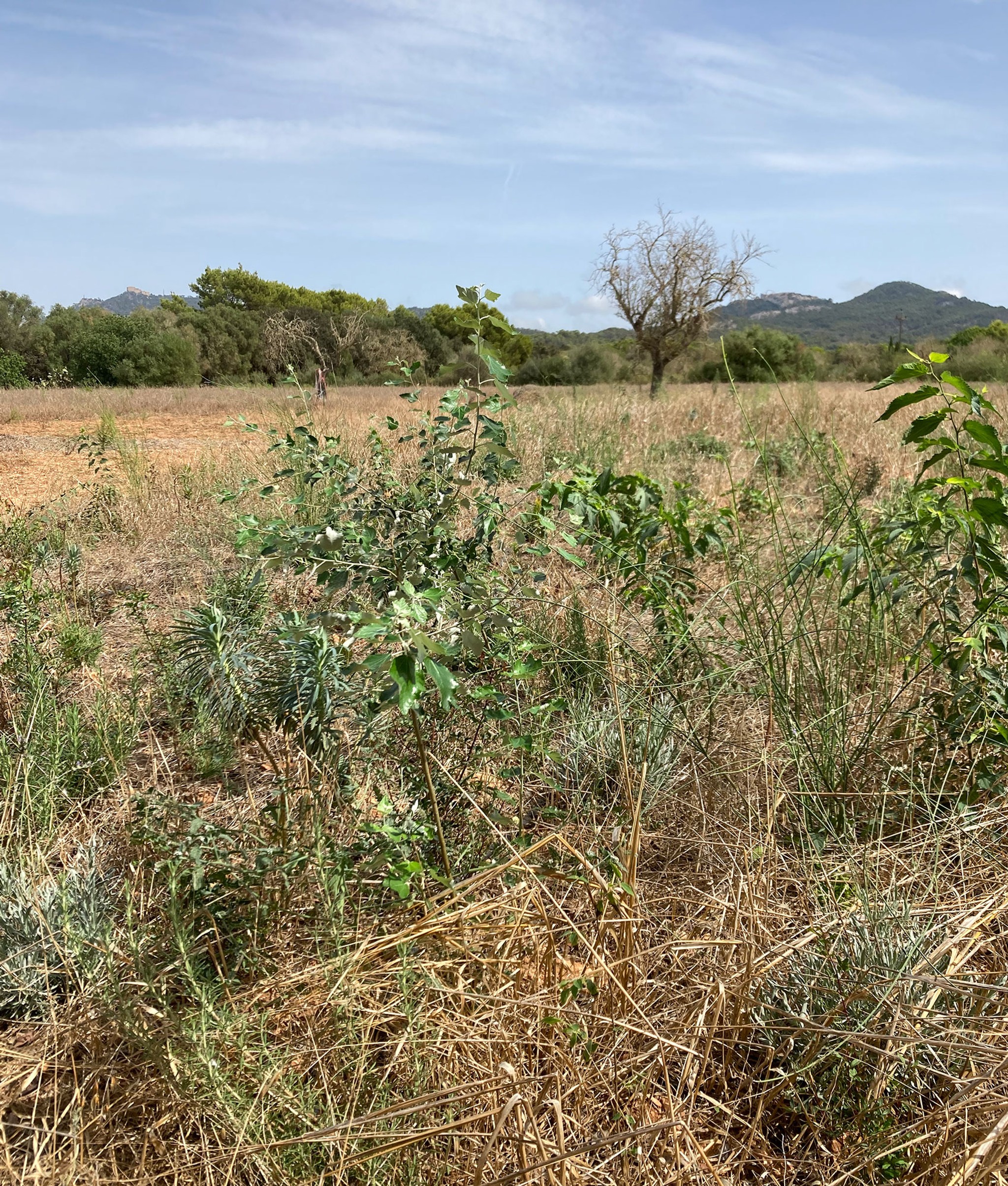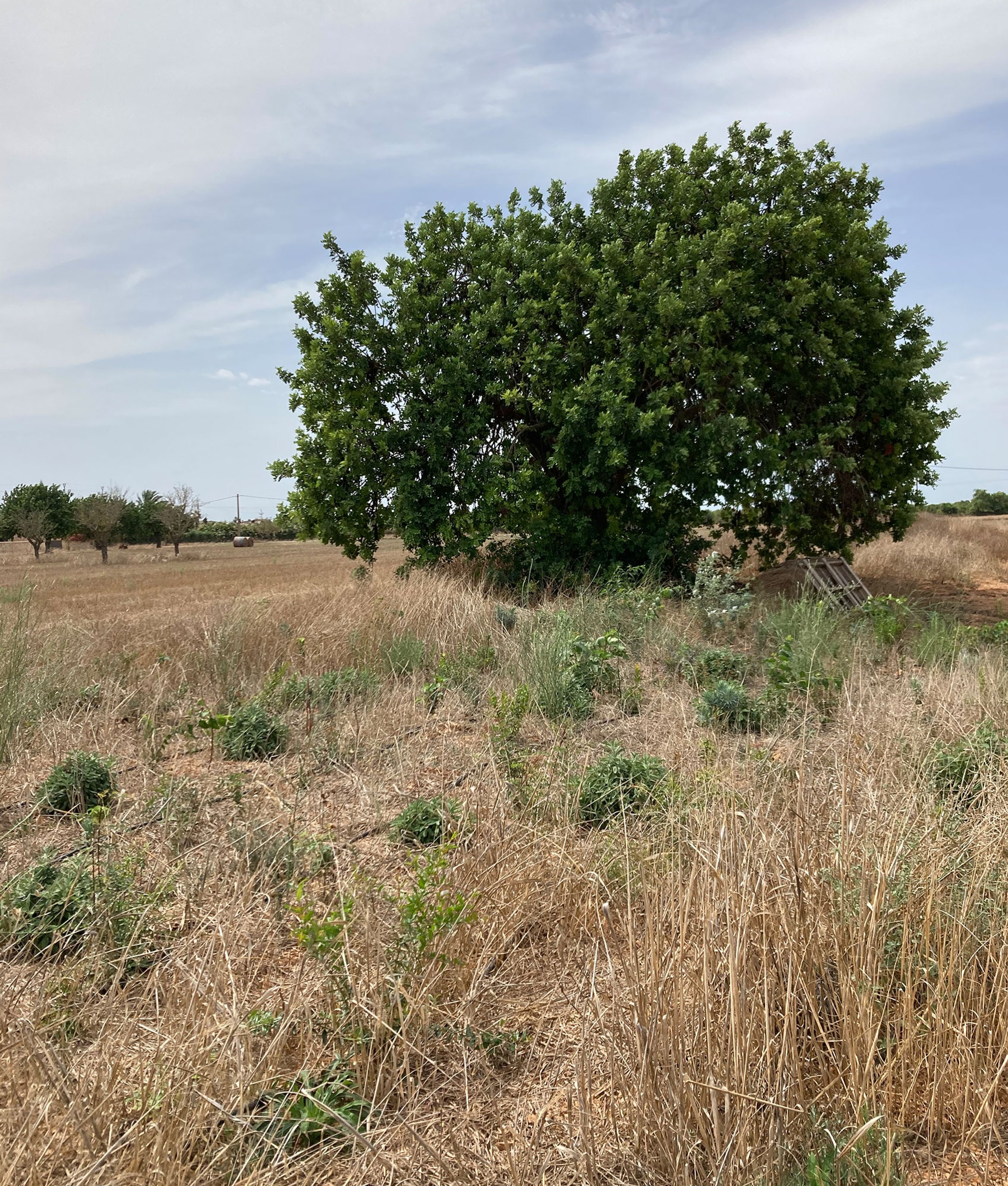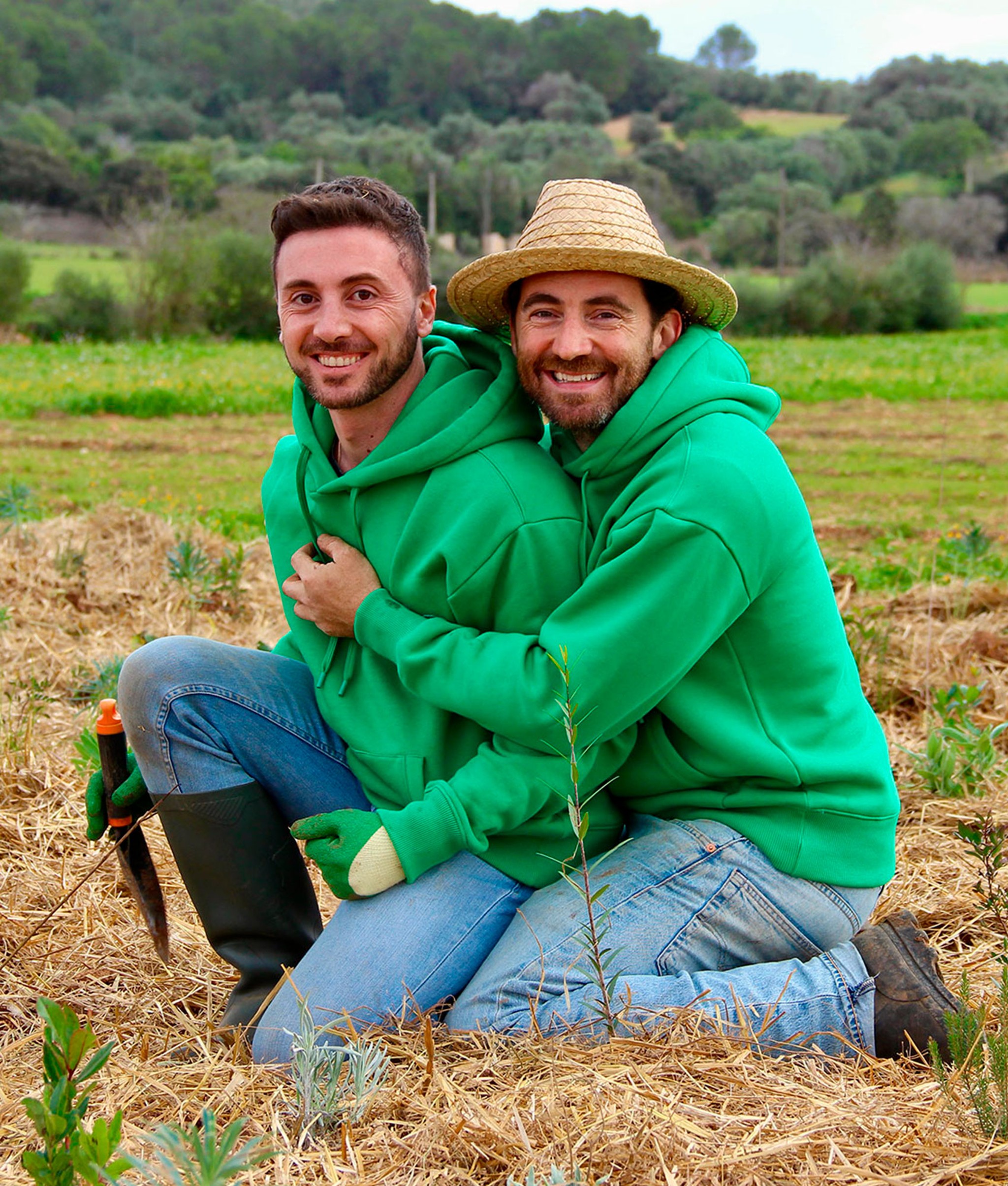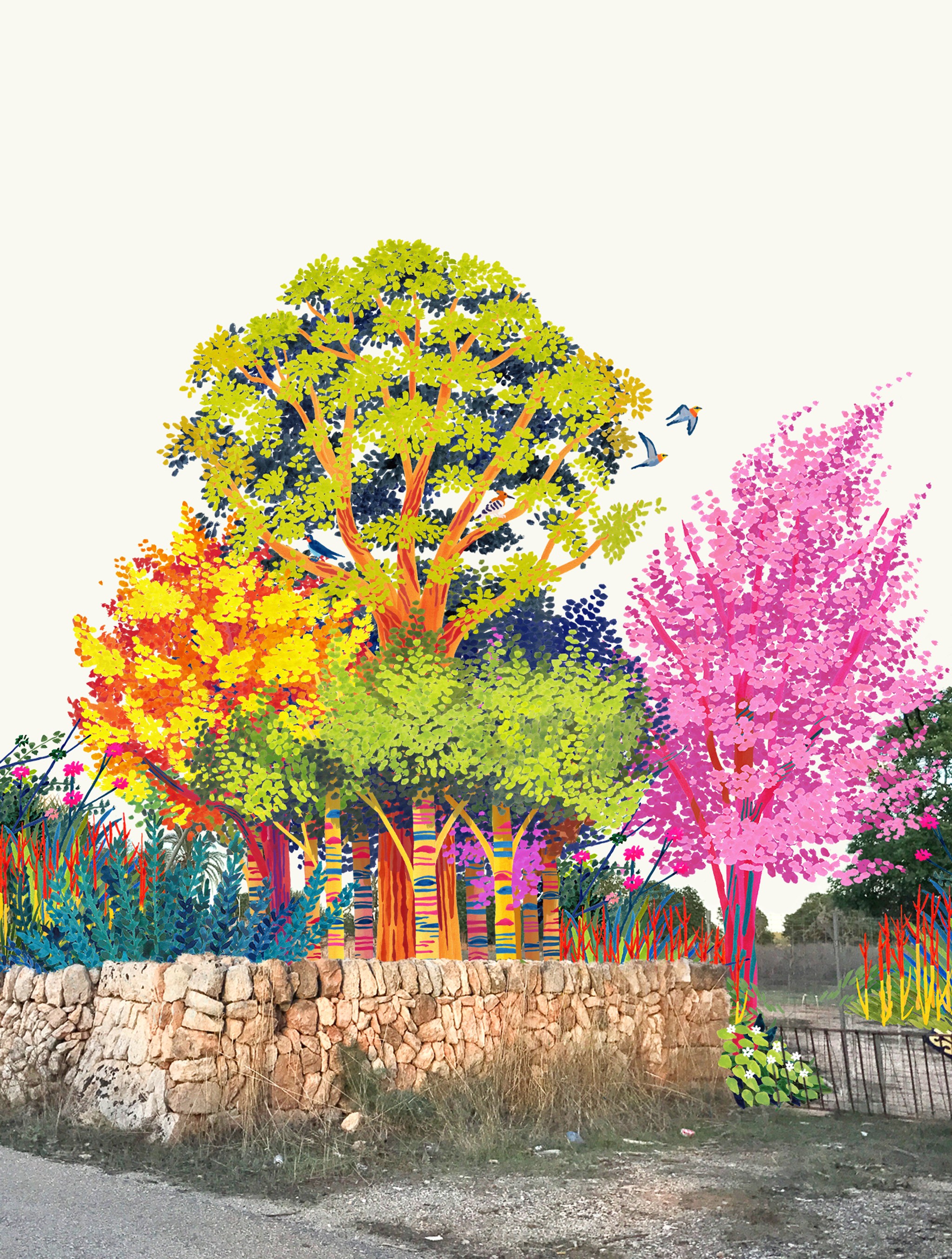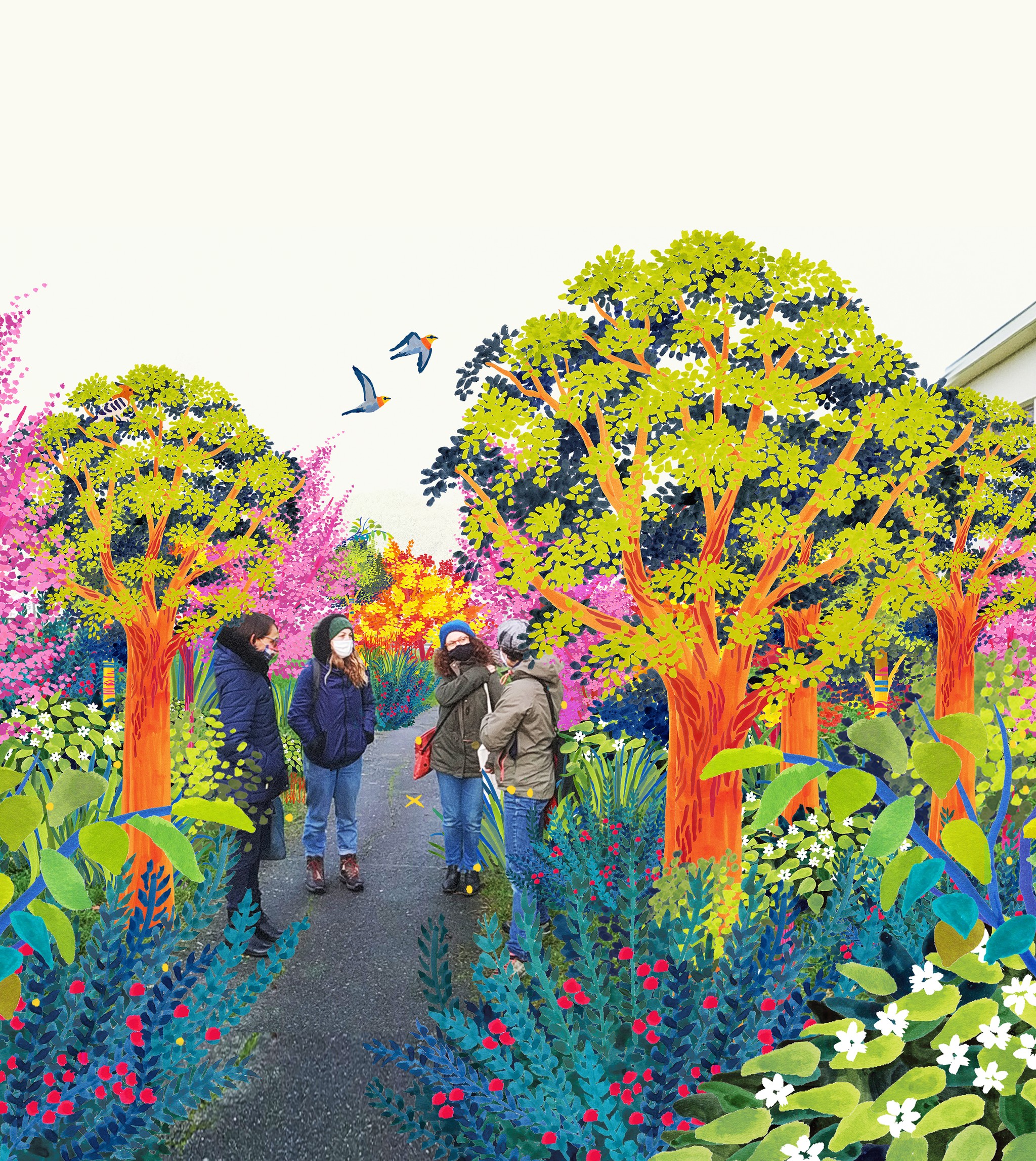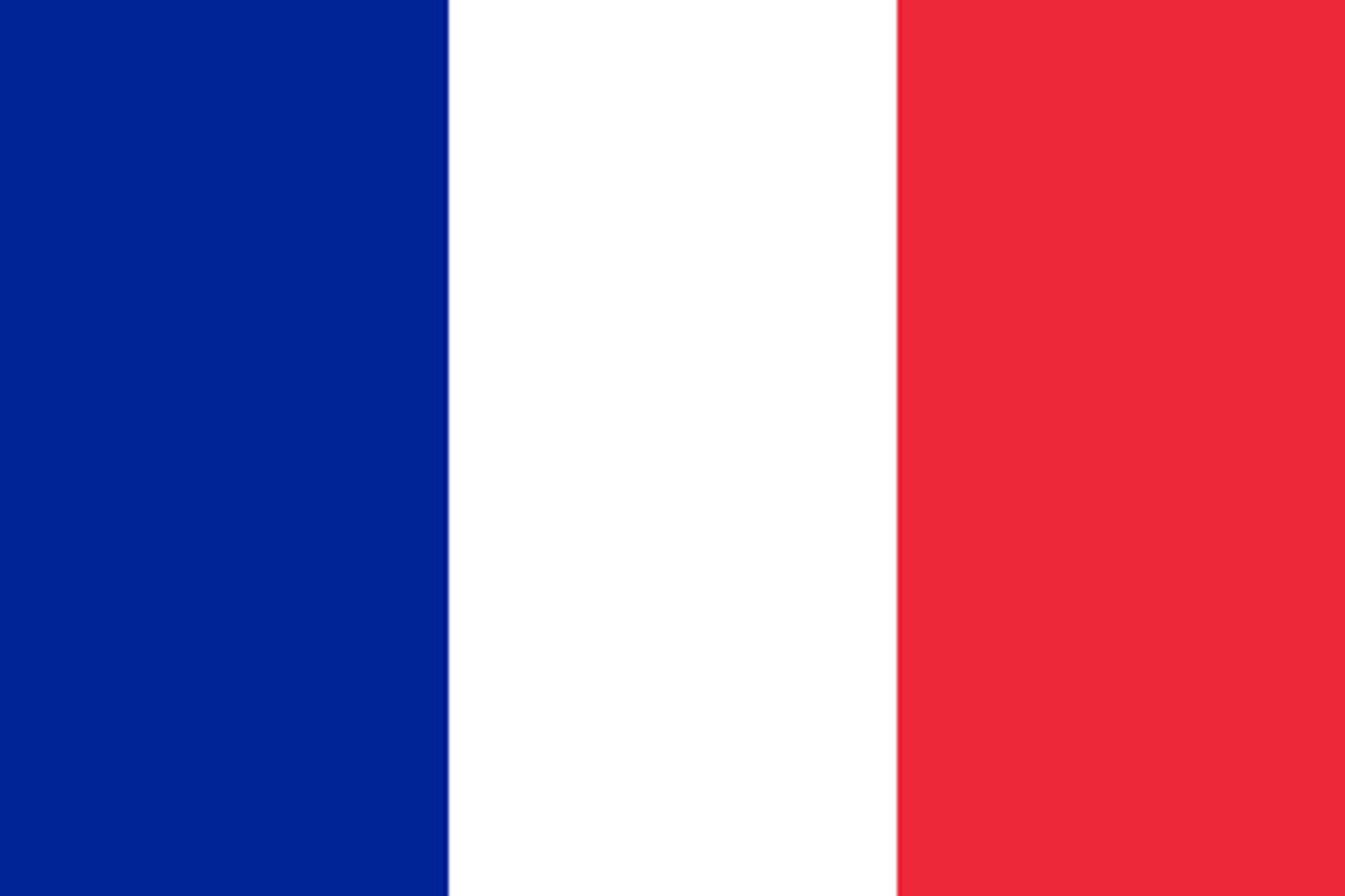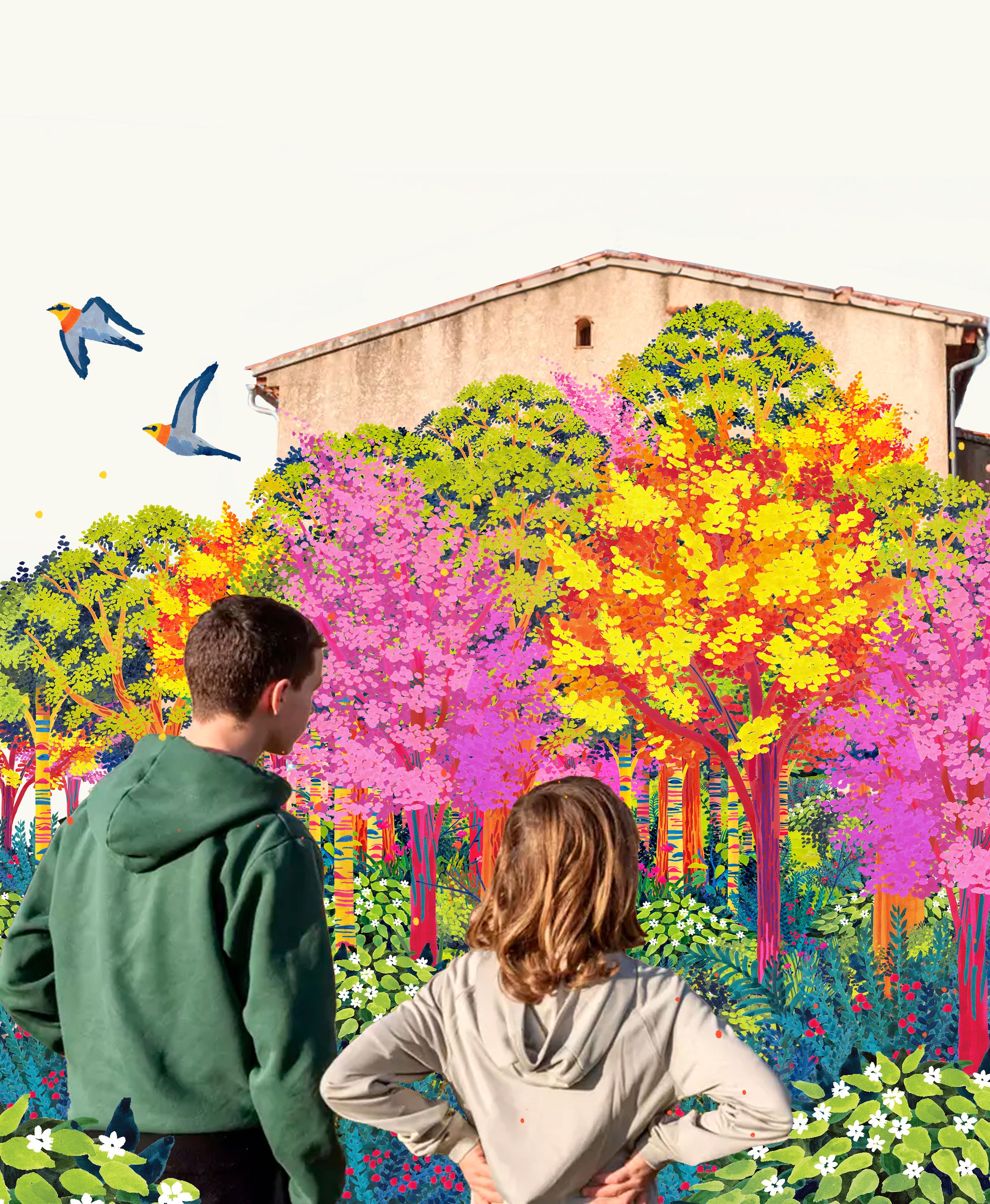Moon Forest
Bringing back biodiversity to a monoculture farm.
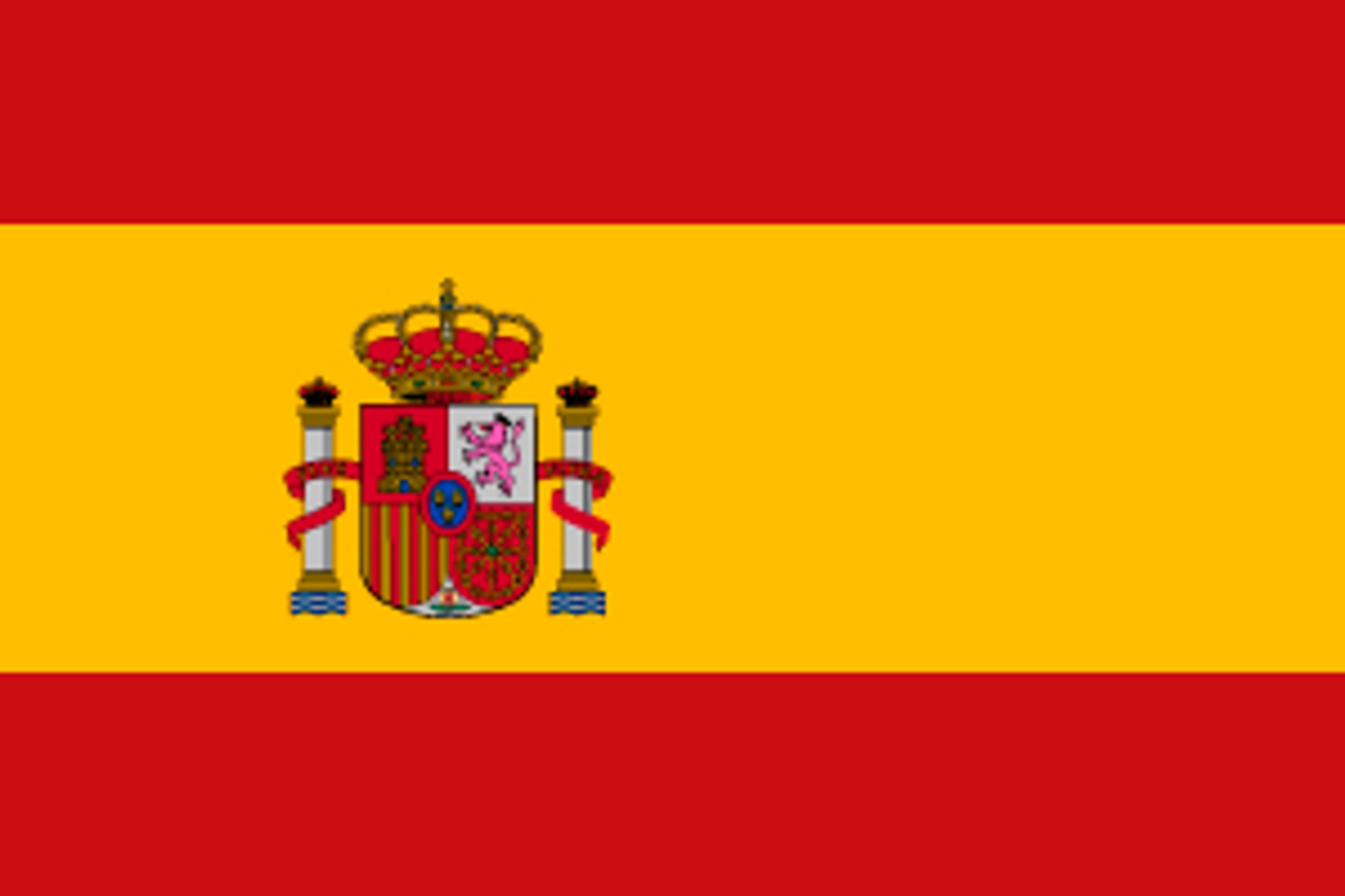

0
Trees
0
Square Meters
0
Native Species
Self Sustaining Forest
Planted in December 2021 on a grassy open field, Moon Forest has transformed into a lush, thriving landscape. Dominated by tall pine trees (Pinus halepensis), wild olive (Olea europaea), and fig (Ficus carica) trees, it provides vital shade and shelter for local wildlife, creating a vibrant and diverse habitat. Serving as an oasis in an exposed environment, the pocket forest offers a crucial refuge for various bird and insect species.
Moon Forest stands as a testament to the resilience and beauty of native vegetation, demonstrating the power of rewilding to rejuvenate landscapes and support local biodiversity.
Forest Maker
MiniBig Forest España


Ecosystem Restored
Final report: 19.12.2024
After approximately three years our SUGi Pocket Forests become self-sustaining. They no longer require human maintenance or watering, and can be handed over to Nature for biodiversity and complexity to naturally develop.
0%
Survival Rate
0
People living within 300 meters
0
kg of potential CO2 sequestration
Biodiversity
Biodiversity is all the different kinds of life you'll find in one area—the variety of animals, plants, fungi, and even microorganisms like bacteria that make up our natural world. Each of these species and organisms work together in ecosystems, like an intricate web, to maintain balance and support life.
0
Potential number of mammals
0
Potential number of birds
0
Potential number of amphibians
“I’m thrilled about the opportunity to restore biodiversity and enhance ecosystem services on heavily farmed land together with the children of the adjacent village Cas Concos.”
Ludovic Flandin, Founder SaQenti
Forest Report: 2022
0 Months
Forest Age
0
Survival Rate
0 cm
Average of Tallest 3 Trees
Despite the dramatic summer heat of 2022 and challenges in terms of access to water, this forest is doing well. We managed to continue to water the forest, which is showing off some nice greenery. Growth is steady, though slower than that of other Miyawaki forests - we think due to the extent of the summer heat, lack of rain and exposed location of the forest. Several species are doing very well, including sage (Salvia officinalis), fig (Ficus carica) and wild olive (Olea sylvestris).
Planting: December 2021









